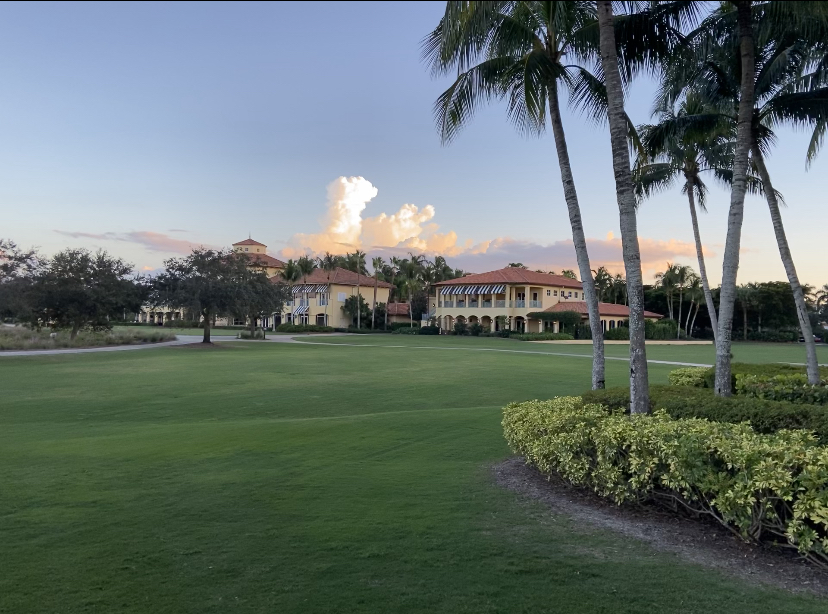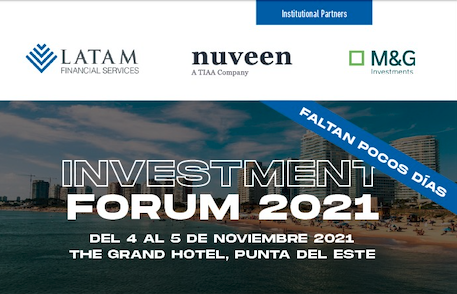John William Olsen, manager of the M&G (Lux) Positive Impact fund, believes that all investments have an impact on people and the environment. Now that investors are aware of this, he thinks that fund managers have a great opportunity to boost SRI. In this interview, we discuss with him how they are tackling this challenge and how it is reflected in the strategy he manages.
1. Why do you think impact investing has become an easy way for investors to invest sustainably?
All investments have an impact on people and the environment, whether positive or negative, intentional or unintended. Impact investing involves setting impact objectives alongside financial return objectives and quantifying and measuring these over the period of investment. Defining the impact that is (or is not) wanted and constructing a portfolio to meet the objectives enables investors to seek both financial return at the same time as aligning capital with broader objectives. With this, clients can put their money to work with a purpose.
2. Normally when we think of impact funds we relate it to equity funds. Why does it seem to be a type of strategy that fits better in this asset class? Is there room for a greater presence of fixed income in impact funds?
All parts of the investment chain have a role to play when it comes to impact investing – from catalytic capital such as blended finance, through to private assets and then listed equity and credit. Some asset managers, such as M&G, can play across that whole sphere, with an end-to-end impact financing approach.
Impact investing is growing rapidly. The Global Impact Investing Network’s latest surveys estimated the size of the market at $715 billion, with 36% of impact capital invested in private debt and 16% in private equity. While the majority of impact assets are in these two asset classes, impact investing across public equity, real assets and public debt is on the rise. But whether we are talking about early stage private asset investments or public listed investments, there are some crucial principles to impact investing that all investors should adhere to: intentionality, additionality, materiality and measurability.
3. In this regard, what is most relevant?
Every impact investment should be made with purpose to deliver positive outcomes that will support the United Nations’ Sustainable Development Goals. The investment must make a positive contribution to solving a challenge – investing in businesses that are bringing something new, innovative and additional to addressing that challenge. It’s also key to look at how the investment materially impacts the outcome that you’re looking to generate. And last, but not least, measurement is crucial.
4. In the current context, and looking ahead to 2022, what role can and will impact strategies play in investors’ portfolios? Why?
There is a long way to go in orienting towards a more sustainable and equitable society, but while there are obstacles and uncertainties, there is a palpable sense of hope as we continue to emerge from the COVID-19 crisis. The next nine years hinge on whether political leaders, companies and investors can help drive the shift to bouncing back in a resilient and equitable way – redesigning the future and pulling out all the stops to reach the UN’s 2030 deadline. An increasingly engaged population of concerned citizens also has a critical role to play in embracing behavioural change and holding these other actors to account. The world has pledged to ‘build back better’ – and we must keep that promise. We think investment strategies that are addressing these challenges will only gain in importance.
5. Taking the M&G – M&G (Lux) Positive Impact fund as a reference, we see that it invests in six areas. Why have you chosen them?
The fund embraces the United Nations Sustainable Development Goals framework and invests in companies focused on six key areas, mapped against the SDGs. These are: climate action; environmental solutions; circular economy; better health, saving lives; better work & education; and social inclusion. The SDGs provide a solid, excepted framework for determining material impact areas, and help frame the measurement of how those positive impacts are being achieved. It is estimated that by 2030 delivering capital to the SDGs could be a $12 trillion investment opportunity.
6. What’s your portfolio construction process?
Selection begins with a global universe of over 4,000 stocks, which is then initially screened for minimum liquidity and market-cap criteria, as well as screening out companies that are not capable of delivering demonstrable positive impacts to society. From this remaining pool of stocks the team ‘screens in’ a watch-list of some 150 impactful companies that can be purchased if the timing and price are right. These companies are analysed under the team’s ‘III approach’, examining the Investment case, Intentionality and Impact of a company to assess its suitability for the fund. As part of this analysis, it scores companies on these III credentials, and requires above-average results for consideration within the watch-list, as well as consensus agreement of a company’s merits from the entire Positive Impact team.
7. I understand that the areas in which the fund invests have in common that they are megatrends or, at least, part of the secular growth. What is your outlook for them?
We believe there is a long-term tailwind for environmental and social solutions. On the social side, the pandemic has shone a harsh spotlight on a range of development challenges and highlighted the need to step up efforts to achieve the UN Sustainable Development Goals. On the environmental side, we have seen an increased focus on reaching net-zero and a surge of ‘green deals’ worldwide. We believe that companies that offer solutions that help address the world’s biggest societal challenges are well positioned for the future decades of growth.
8. Taking this fund as an example, how do you measure the impact and does the investor show interest in this information?
We focus on each company’s given impact, assessing how its business activities are aligned to specific societal impact challenges that we have identified as both needing investment and being investable by public equity investors. We test the company’s stated purpose or mission statement, asking: “is positive impact genuinely a part of the business’s DNA and a demonstrable part of its corporate strategy? Or is it just good PR?” We assess whether the company’s actions demonstrate clear alignment with that purpose, and weigh up positive impacts versus negative impacts, in particular excluding any company whose activities represent an overwhelmingly negative impact that counterbalances any positive impacts it may deliver.
We start with a qualitative assessment of a company’s business: what is it doing to address a particular impact challenge, and how much of its business is aligned to that challenge? While this assessment is qualitative, the UN Sustainable Development Goals (SDGs) have provided a more quantitative framework for investors, and we map every company’s business activity to these goals. Importantly, we use the 169 underlying targets to give this analysis greater focus.
9. What are the main changes you have made to the fund in the last year and how are you preparing for next year?
We have further shifted the portfolio towards the ‘under-served’ and ‘under-addressed’, to help ensure that the impacts being delivered are truly additional and material, while also steering the portfolio towards ‘C’ companies, as represented by the IMP+ACT ‘ABC’ classification system: ‘A’ investments act to avoid harm; ‘B’ benefit stakeholders; and ‘C’ contribute to solutions. We expect this shift will continue into next year and beyond.




